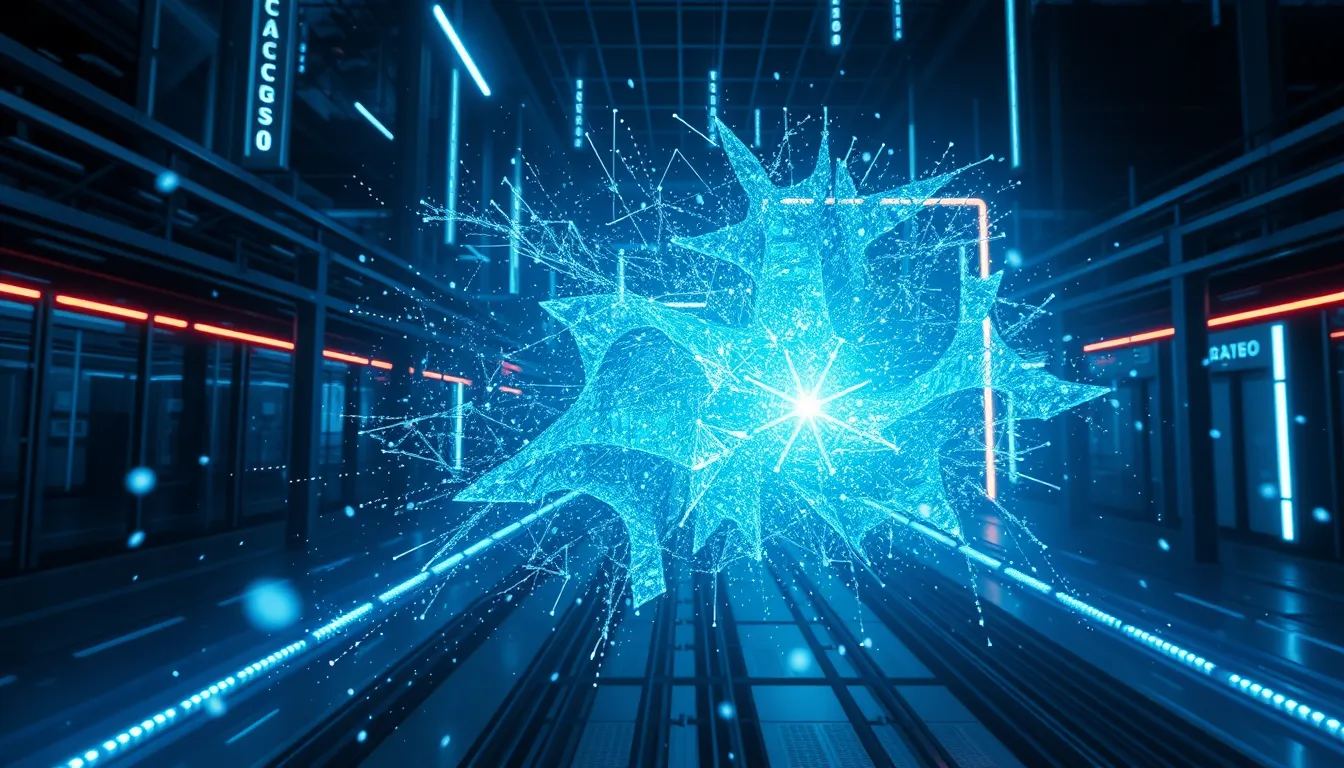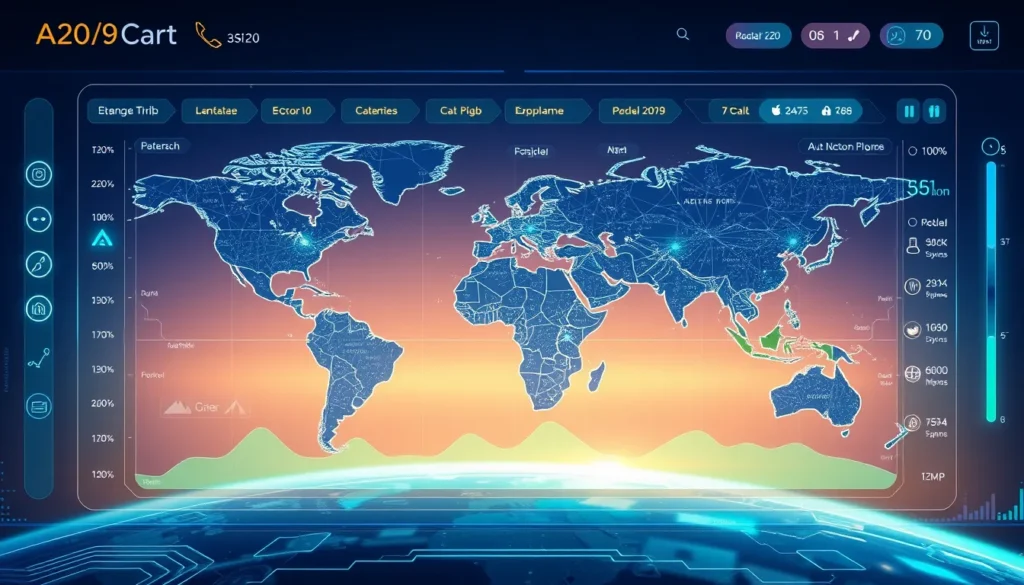Now Reading: Understanding the CAMIA Privacy Attack and Its Impact on AI Security
-
01
Understanding the CAMIA Privacy Attack and Its Impact on AI Security
Understanding the CAMIA Privacy Attack and Its Impact on AI Security

Understanding the CAMIA Privacy Attack and Its Impact on AI Security
Introduction
In an era where artificial intelligence (AI) is deeply integrated into every aspect of technology, the recent discovery of the CAMIA privacy attack has raised serious concerns about AI security. This breakthrough highlights not only the sophistication of modern AI models but also the risks associated with data memorization and unintentional data leakage. The CAMIA privacy attack has become a critical topic for researchers, cybersecurity experts, and policy makers working to protect sensitive information.
The Mechanics Behind the CAMIA Privacy Attack
The CAMIA privacy attack is a novel method that exposes hidden details within AI models, particularly those utilized in machine learning. During training, AI models process vast amounts of data and, in the process, inadvertently memorize information. The CAMIA privacy attack leverages this weakness by systematically probing the neural network’s internal layers. This probing allows attackers to identify which parts of the training data have been inadvertently stored and, in some cases, to reconstruct fragments of the original data.
How AI Models Inadvertently Memorize Data: A Closer Look
Recent studies have shown that while AI models excel at learning patterns, they do not always distinguish between essential data and extraneous details. This leads to a phenomenon known as unintentional data leakage. Here are some key points about this process:
- AI model training involves storing rich representations of data
- The CAMIA privacy attack exploits the over-memorization of input data
- Sensitive details risk being revealed, even if the model was not designed for data extraction
This detailed analysis emphasizes the need for increased awareness and robust security measures during the development of AI systems.
Implications for AI Security and Data Privacy
The implications of the CAMIA privacy attack are far-reaching. For organizations relying on AI security, the potential for inadvertently memorizing sensitive or proprietary data represents a significant vulnerability. The attack demonstrates that AI models can sometimes capture details that were assumed to be abstract or non-sensitive, raising concerns about data leakage. As AI increasingly handles personal, financial, and confidential data, such vulnerabilities necessitate immediate and targeted responses. Key challenges include:
- Data Memorization: When AI models store more than necessary during training, sensitive information may be at risk.
- Data Leakage: The CAMIA privacy attack shows that details extracted from models can closely resemble original inputs, potentially exposing confidential information.
- Trust in AI Systems: With increasing incidents of unintentional data leakage, public and regulatory trust in AI system integrity may diminish.
Integrating Privacy-Preserving Mechanisms
In response to these emerging challenges, it is crucial to integrate privacy-preserving mechanisms into AI model development. Strategies such as differential privacy and secure multi-party computation offer promising solutions. For example, differential privacy, which can be read more about on its official page here, ensures individual data records are not discernible from aggregated data outputs. Similarly, secure multi-party computation (read more) allows computations on data without revealing the data itself.
Developers should also consider:
- Regularly testing AI models for data leakage vulnerabilities
- Incorporating privacy by design in AI training protocols
- Establishing standard benchmarks for privacy risk analysis
Such privacy-preserving approaches can help mitigate the risks associated with the CAMIA privacy attack, which demonstrates that even unexpected vulnerabilities can emerge from advanced AI systems.
The Path Forward in AI Security
The CAMIA privacy attack not only serves as a wakeup call to the technology community but also acts as an impetus for significant changes in AI model training and security frameworks. As adversaries become more sophisticated, so too must our approach to securing AI processes. By acknowledging and addressing these vulnerabilities, developers and organizations can begin to build models that are not only powerful but also resilient against privacy attacks.
As the discussion around AI security intensifies, collaborative efforts between researchers, corporate entities, and regulatory bodies are paramount. Open sharing of research and techniques can pave the path toward standardized protocols that ensure both performance and security. This collective approach is essential for fostering a future where AI advancements do not come at the expense of personal privacy.
Conclusion
The emergence of the CAMIA privacy attack is a pivotal moment in the ongoing conversation about AI security. While the advantages of AI in various sectors remain significant, this breakthrough is a stark reminder of the delicate balance between innovation and security. By understanding the underlying mechanisms—such as how AI models inadvertently memorize data—and by integrating robust privacy-preserving techniques, we can mitigate potential risks and enhance trust in AI systems. The CAMIA privacy attack ultimately calls for a reconsideration of current practices, urging all stakeholders to prioritize data security and take proactive measures in safeguarding sensitive information.

























